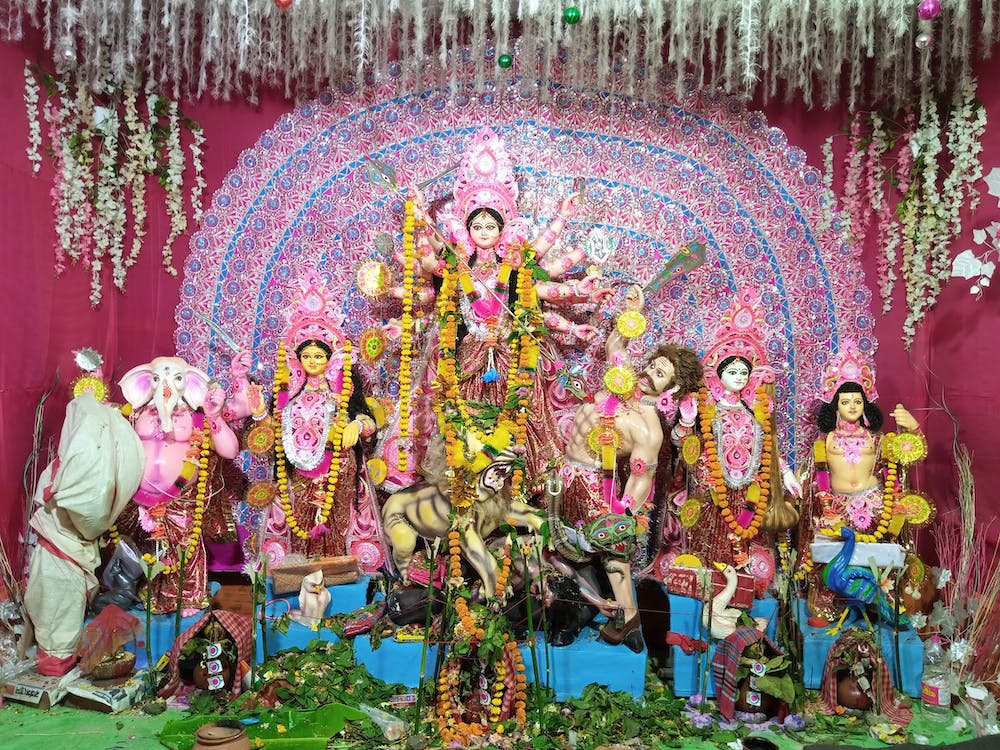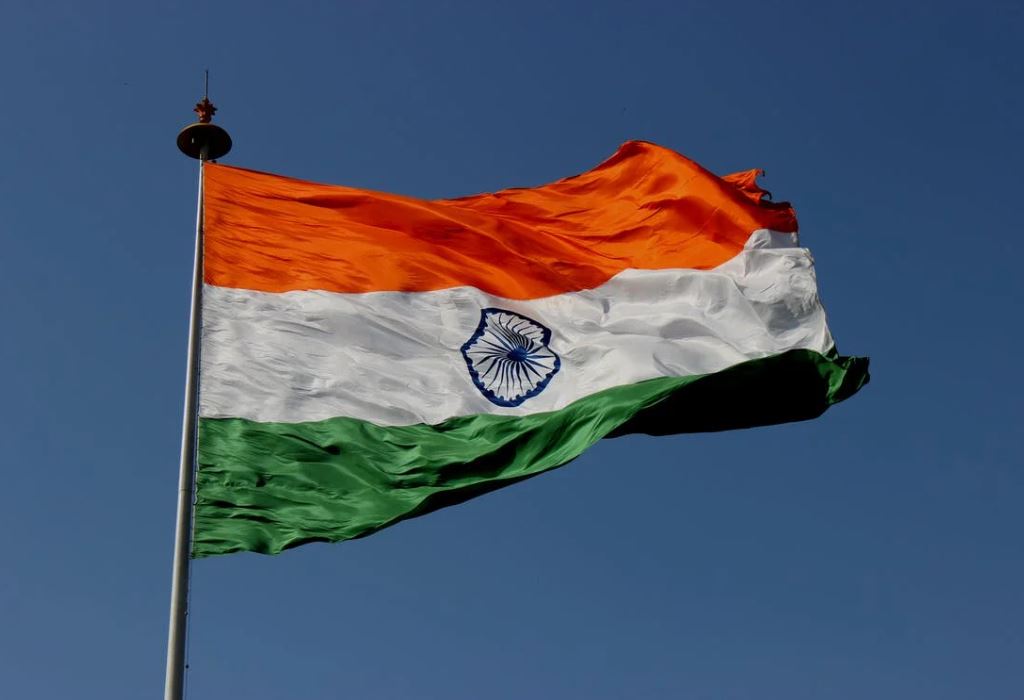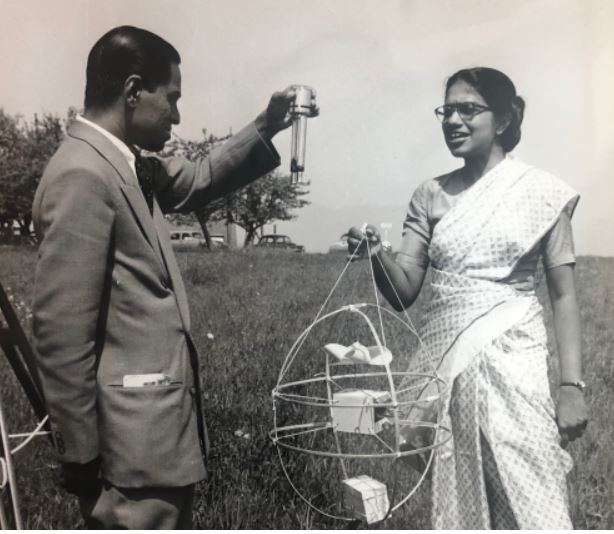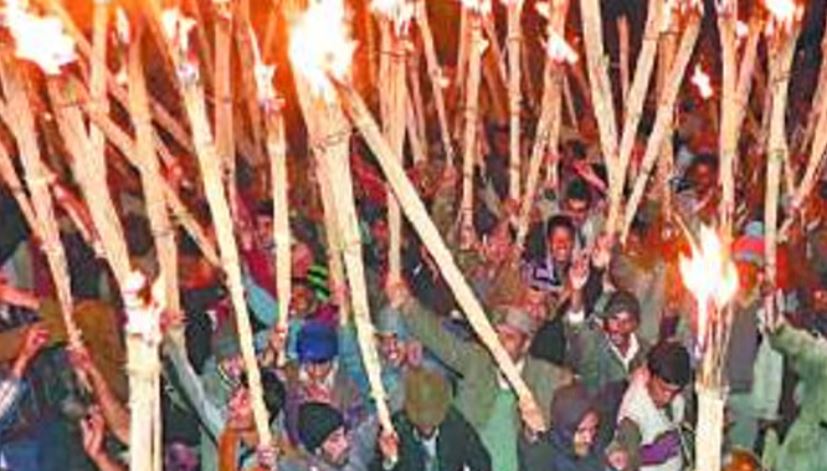Table of Contents

Kanya Pujan on Ashtami or Navami during Navratri
The choice of whether to perform Kanya Pujan on Ashtami or Navami during Navratri often depends on regional customs, family traditions, and individual preferences. Different communities and households may have varying beliefs and practices regarding the auspiciousness of certain days during Navratri.
In Hinduism, both Ashtami and Navami are considered significant days during the Navratri festival. The worship of Goddess Durga is conducted throughout the nine days, and specific rituals may be associated with different days based on local customs.
Some people may choose Ashtami for Kanya Pujan because the eighth day is considered highly auspicious, symbolizing the victory of good over evil. Others may prefer Navami, considering it equally propitious. The decision can also be influenced by family traditions passed down through generations.
Ultimately, the choice between Ashtami and Navami for Kanya Pujan is a matter of personal or community tradition, and individuals may follow the practices that have been handed down in their families or communities over time.
Difference between Ashtami and Navami in Navratri
Ashtami and Navami are two different days during the Hindu festival of Navratri, and they hold significance in relation to the worship of Goddess Durga. Here are some key differences between Ashtami and Navami:
- Timing:
- Ashtami: Ashtami is the eighth day of the Navratri festival.
- Navami: Navami is the ninth day of the Navratri festival.
- Significance:
- Ashtami: Ashtami is associated with the manifestation of Goddess Durga’s warrior form, where she is revered for her strength and power to vanquish evil forces.
- Navami: Navami marks the culmination of the nine-day Navratri festival. On this day, devotees worship the different forms of Goddess Durga and seek her blessings for health, prosperity, and protection.
- Rituals and Celebrations:
- Ashtami: Ashtami is considered highly auspicious for Kanya Pujan (worshipping young girls), and many devotees perform special rituals on this day. It is also associated with the victory of Goddess Durga over the buffalo demon Mahishasura.
- Navami: Navami is a day when various rituals, including the offering of prayers and performing aarti, are conducted. In some regions, it may also involve the worship of nine young girls, symbolizing the nine forms of Goddess Durga.
- Cultural and Regional Variances:
- Ashtami: In certain regions or communities, Ashtami may be given more emphasis, and specific customs and traditions related to the eighth day are followed.
- Navami: Likewise, in other regions, Navami may be considered particularly significant, and unique customs associated with the ninth day are observed.
- Symbolism:
- Ashtami: Symbolizes the fierce and protective aspect of Goddess Durga, highlighting her role as a warrior goddess.
- Navami: Represents the culmination of the divine feminine energy and the triumph of good over evil.
In summary, Ashtami and Navami are consecutive days during Navratri, each with its own specific significance and rituals. The choice of when to perform certain worship activities, like Kanya Pujan, may vary based on cultural, familial, or regional traditions.



